I rented a car to drive around 120 km to the south to Cerro Paranal and the ESO observatory VLT (Very Large Telescope) on top of it. The navigator lead me to a closed road and until I had sorted it out, almost an hour was lost. To make good for it, the trip that was planed as a pleasant drive through the desert became a high speed race testing the limits of the car. And I was not the last one to arrive. The thinning air clicked in my ears, and eventually I realized that I was breathing fast and shallow.
There is actually not just one main telescope on Cerro Paranal, but 4. They have a diameter of 8.2 m, work in the optical and infrared range, and can be either operated standalone or combined. Combined, the light of all 4 telescopes is sent in phase to imaging devices through tunnels under the plateau. This allows for an unprecedented resolution. Each telescope is named after a deity of the Mapuchi Indians: Antu, Kueyen, Melipal and Yepun.
To compensate for distortions by the Earth’s atmosphere, the VLT uses adaptive optics. The wavefront of the received light is measured, and the main mirror is deformed thereby reducing the effects of the atmosphere. If the light of the observed star is too faint to measure the wave front, a laser can be used instead. For links explaining about adaptive optics, please see below.
Every 18 months, each telescope needs an overhaul: The main mirror is made of a thin layer of aluminium on top of a ceramic. The aluminium layer is removed and a new layer is deposited. For that, the mirrors are transported as a whole by a special vehicle to a maintenance facility at the base of Cerro Paranal.
The telescopes operate remotely controlled from a control room which not only offers comfort to the staff, but also prevents measurement errors from human presence. There, I had only a short chat with my friend Ricardo who works there as software engineer, before I was dragged on by the tour guide.
The staff, and visiting scientist stay in futuristic hotel that looks like a green house — a nice contrast to the Mars-like desert around the compound. Scenes of a James Bond movie were taken here.

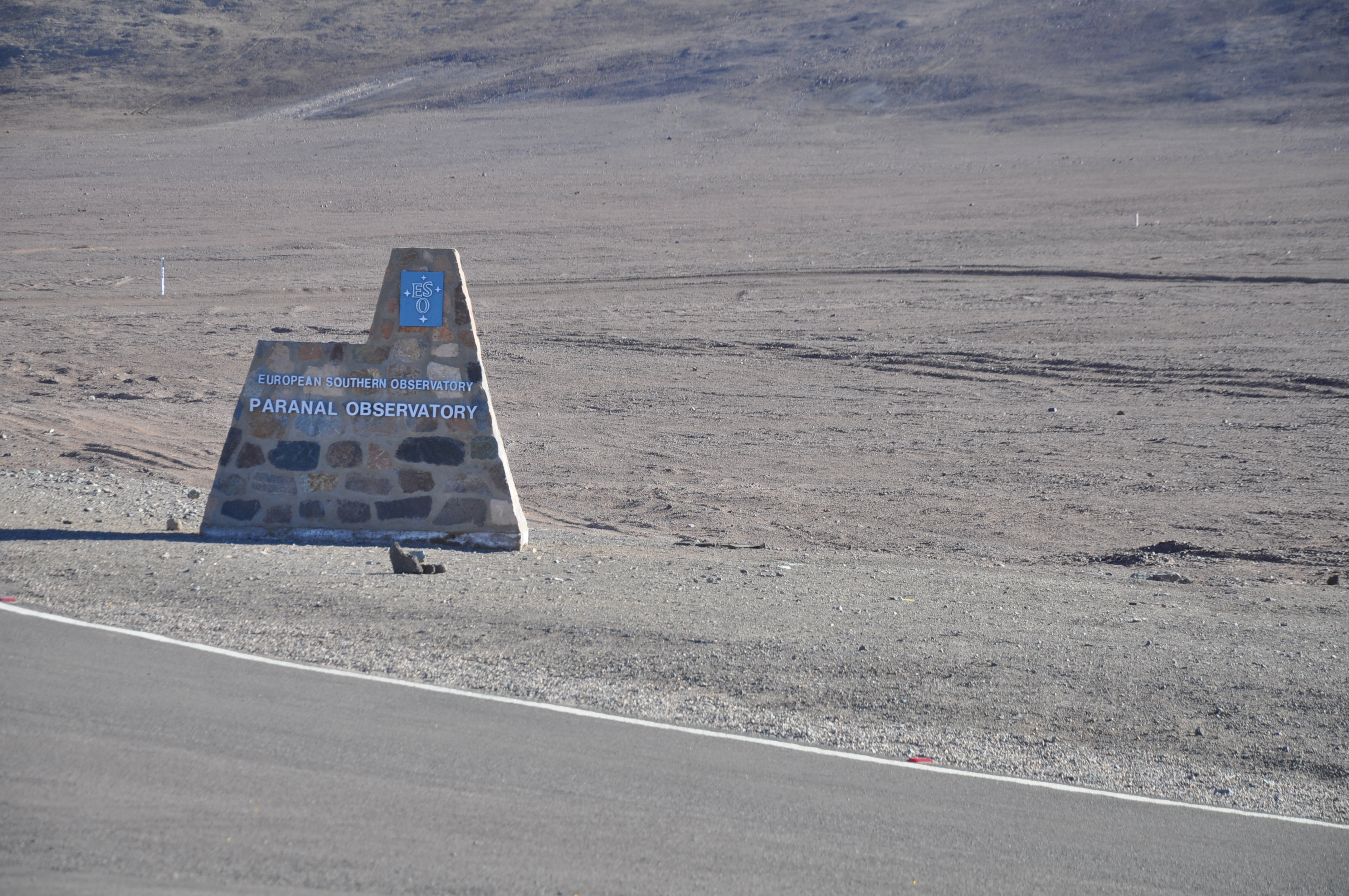
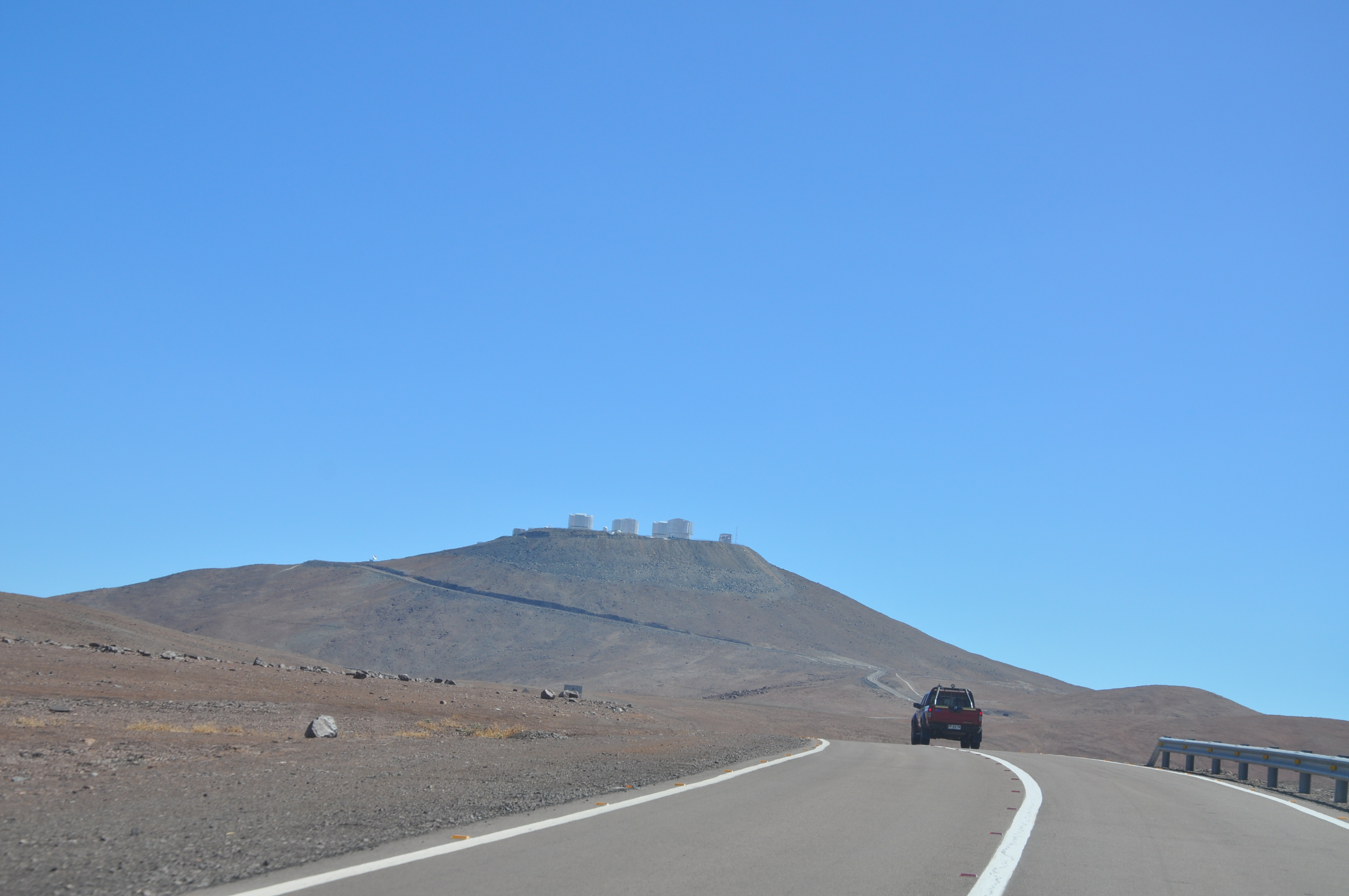
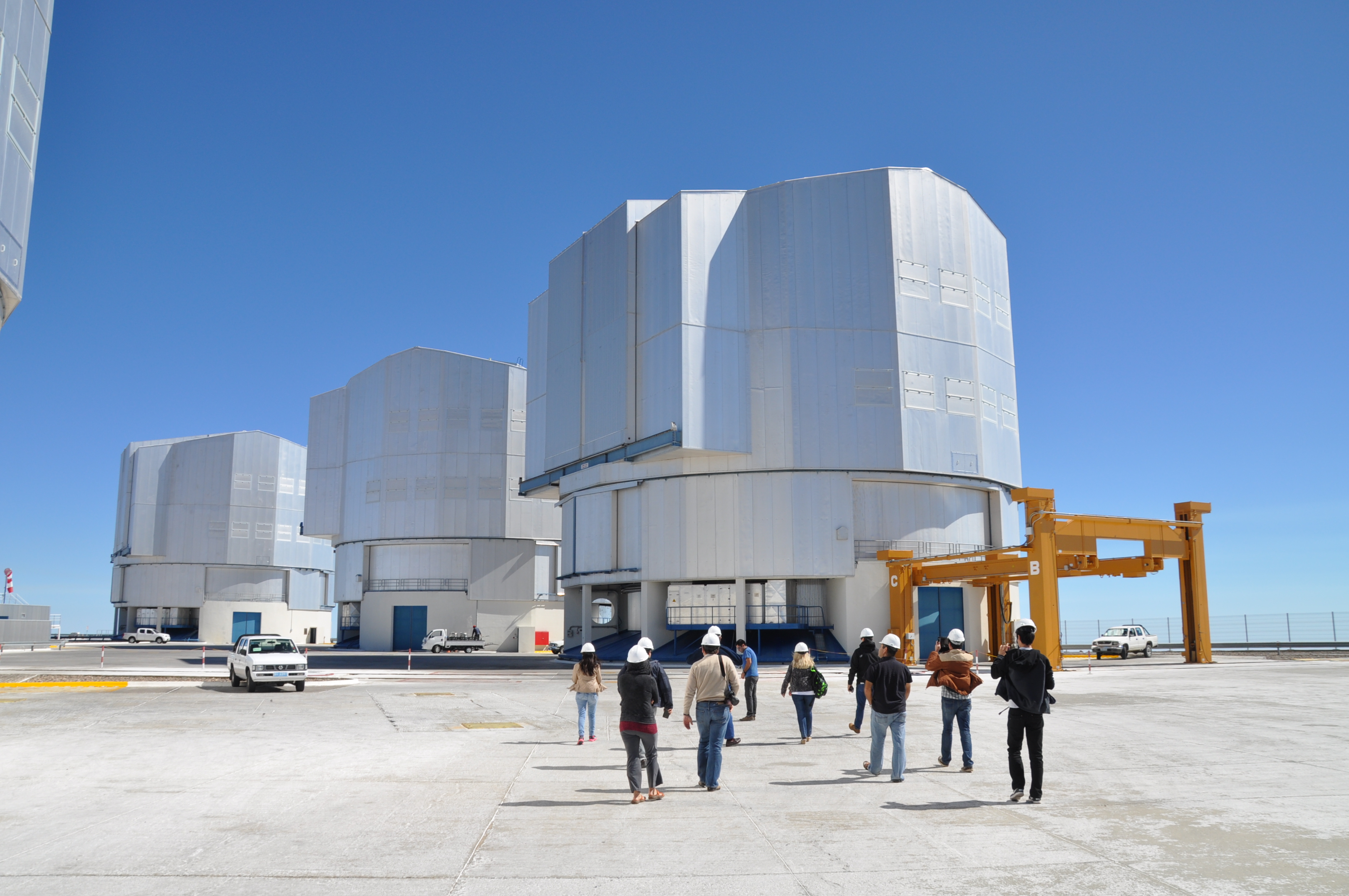
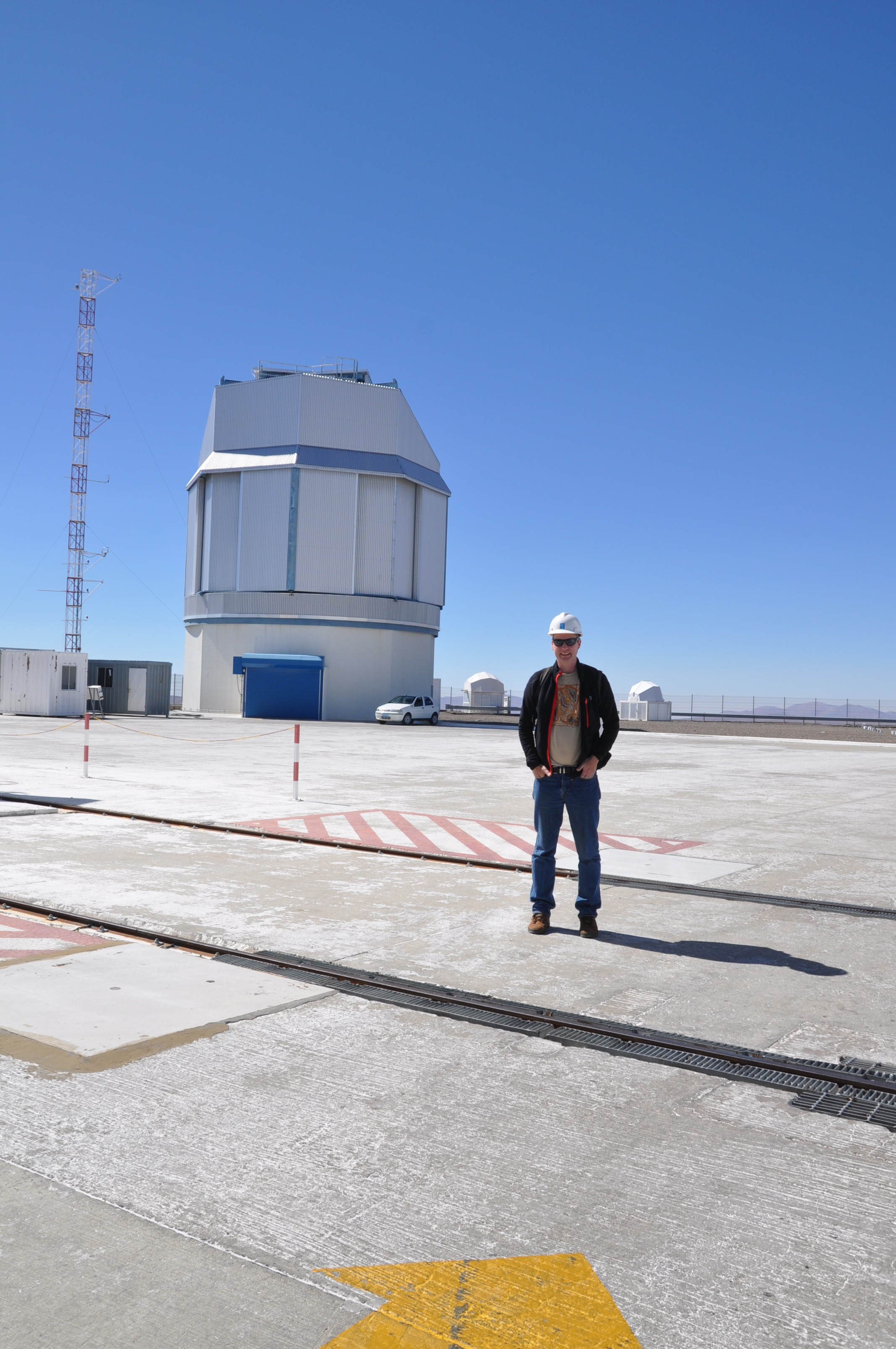
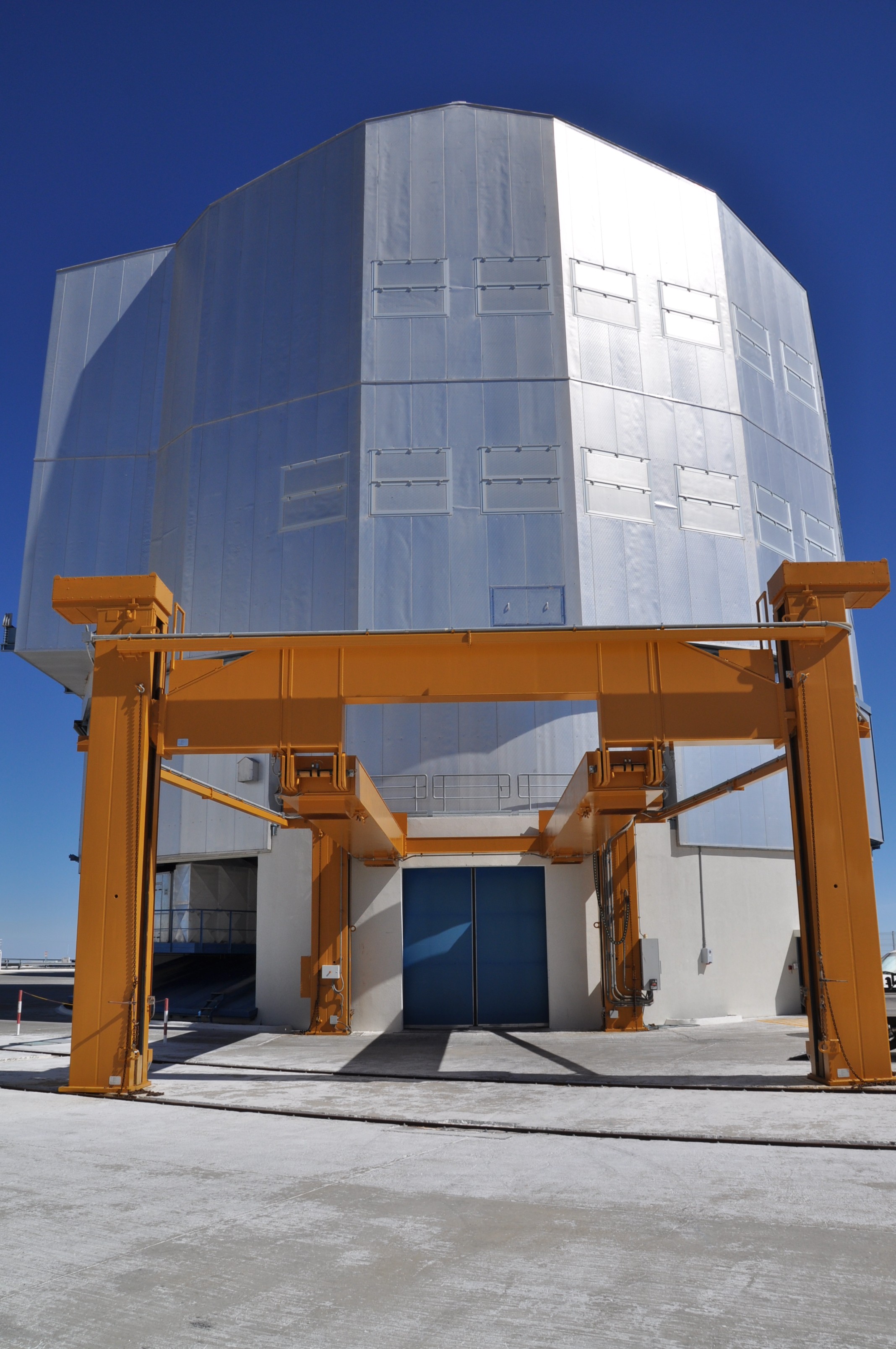
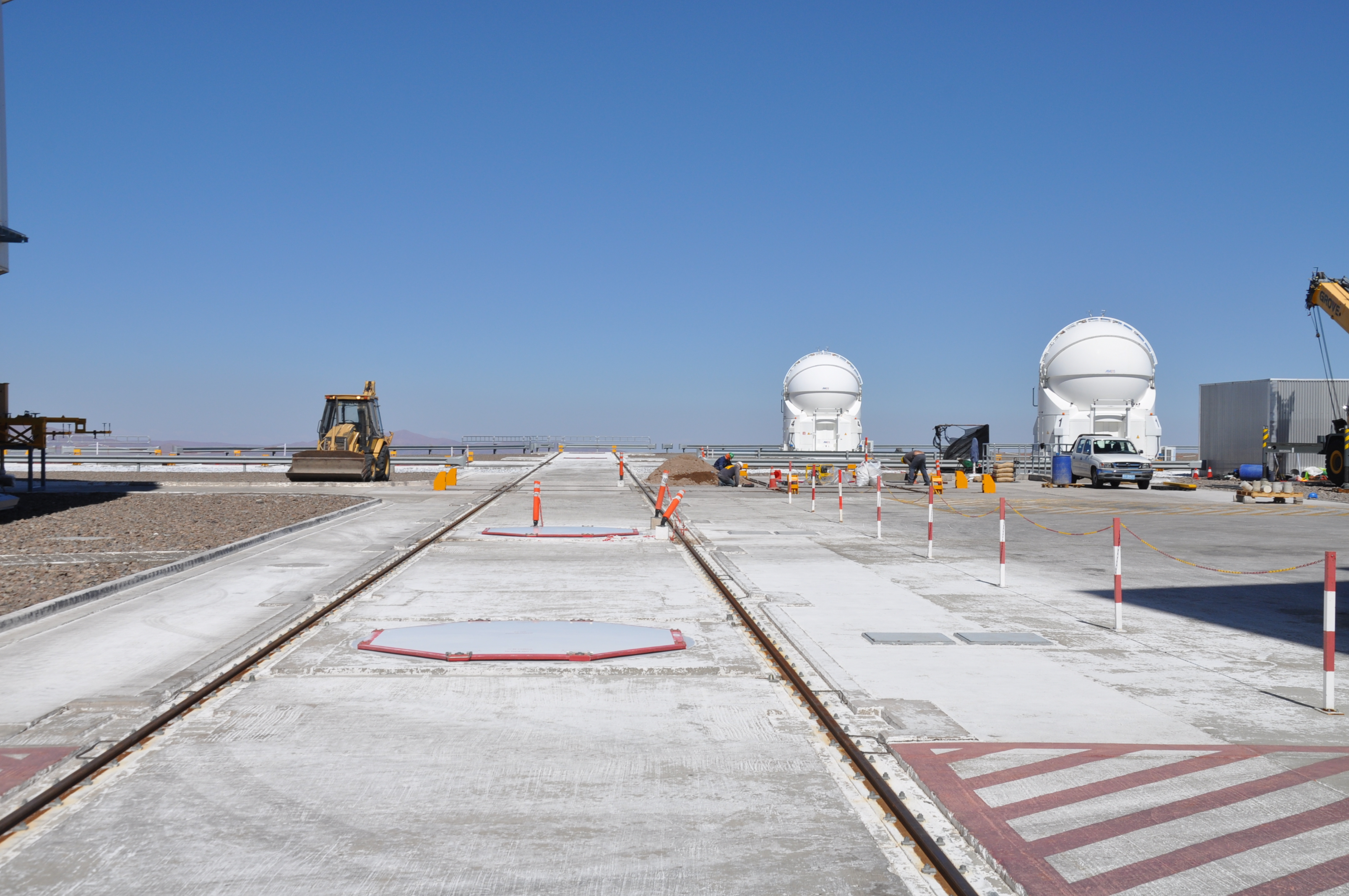
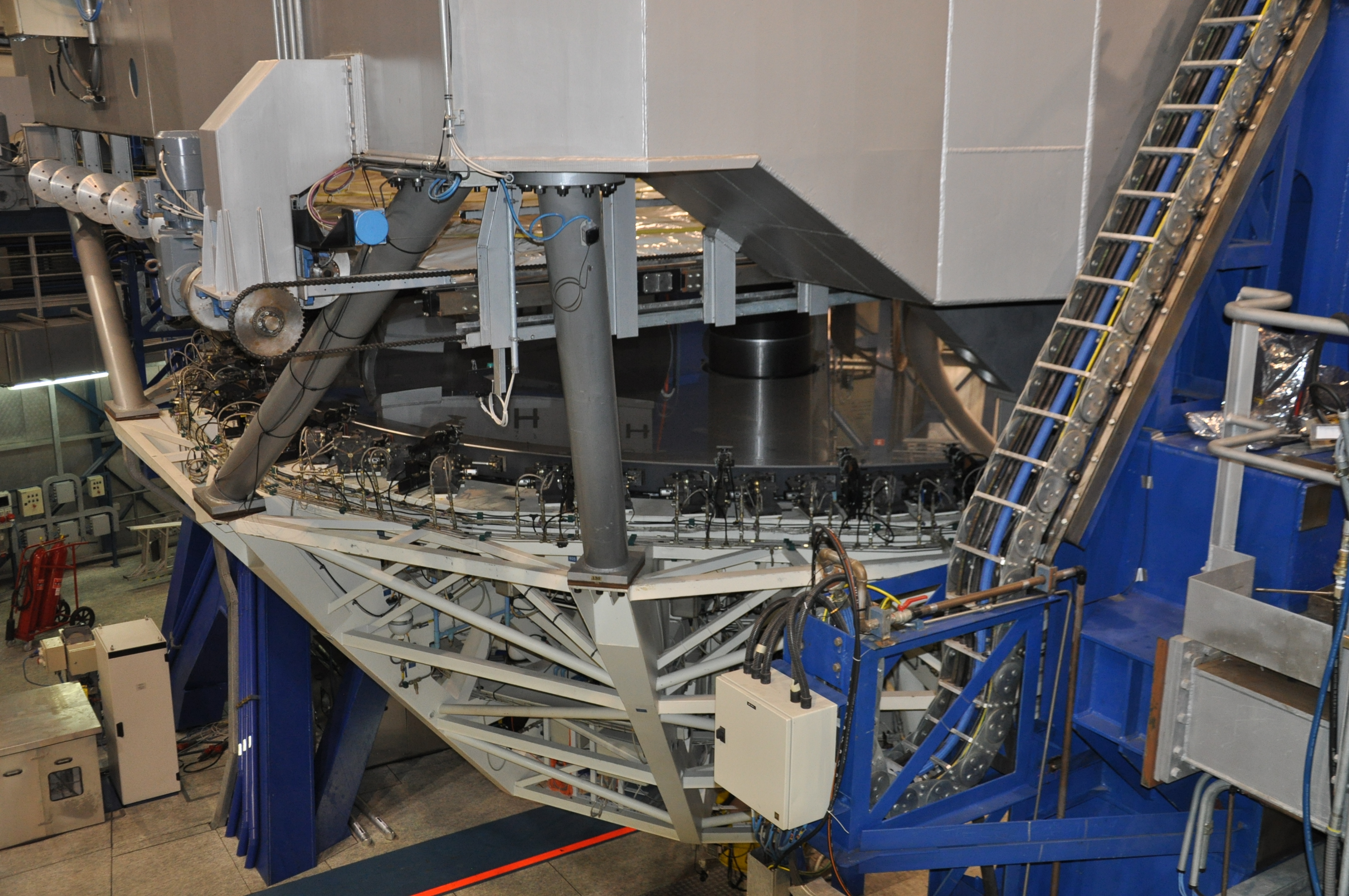
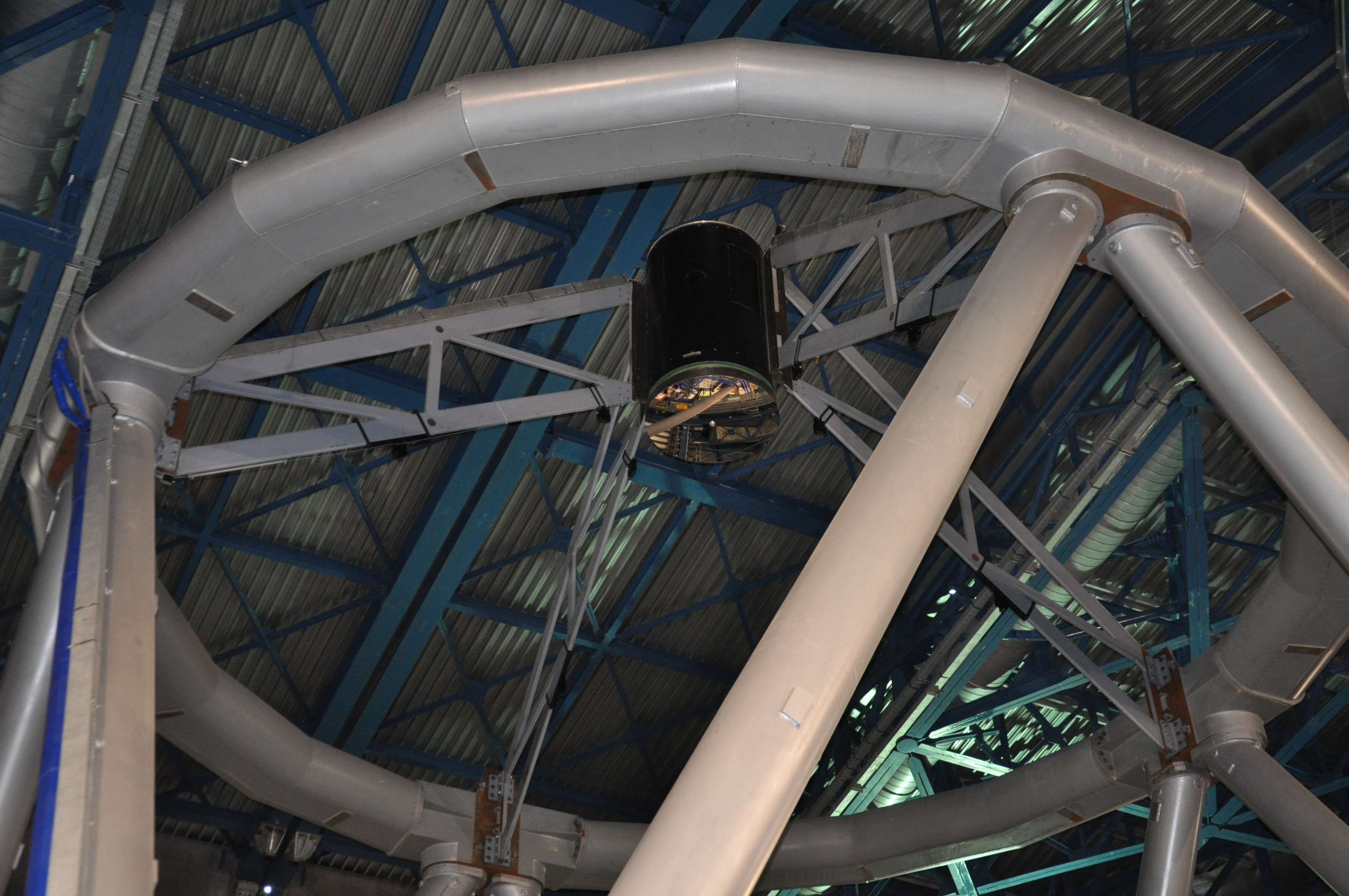
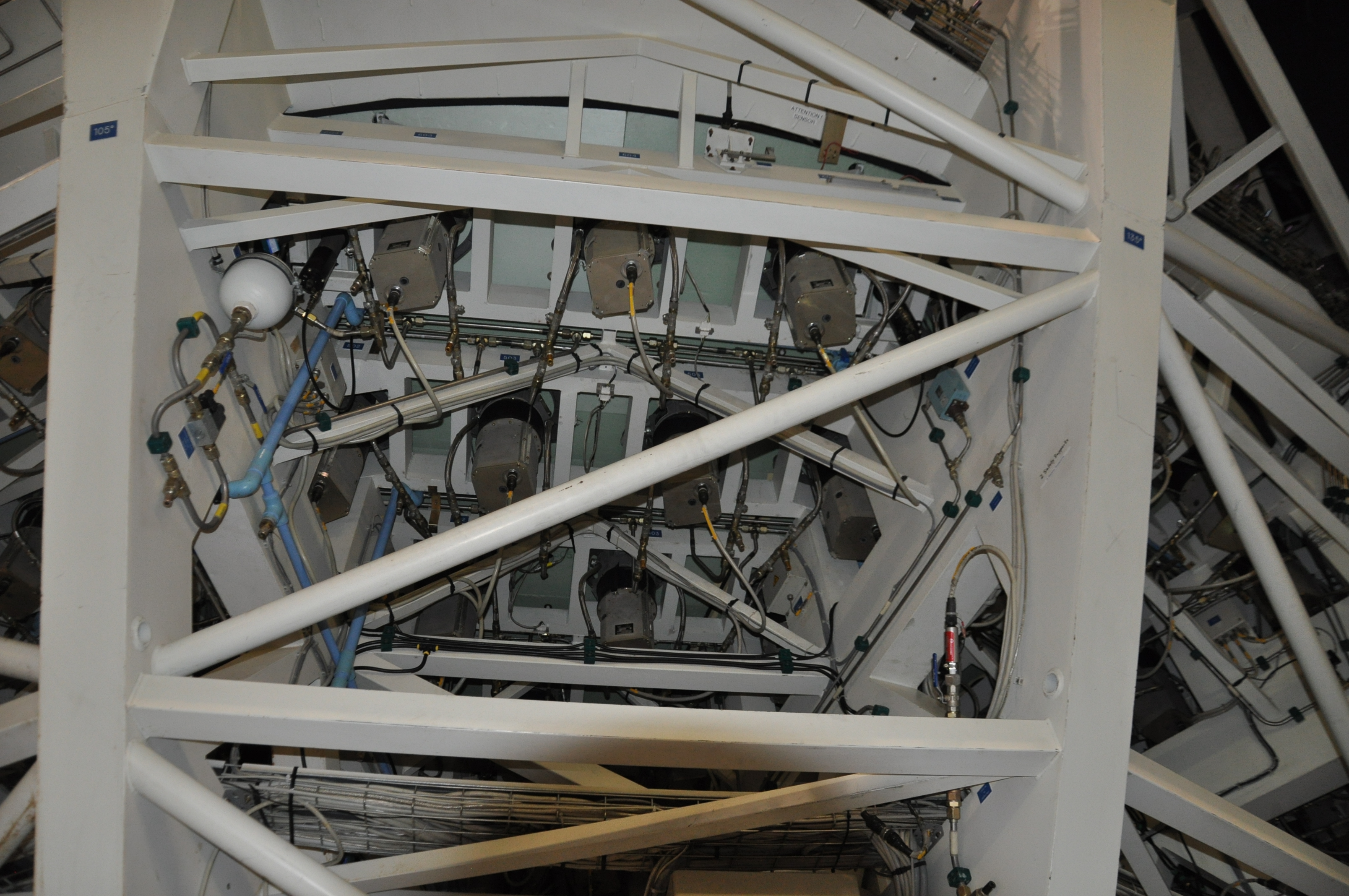
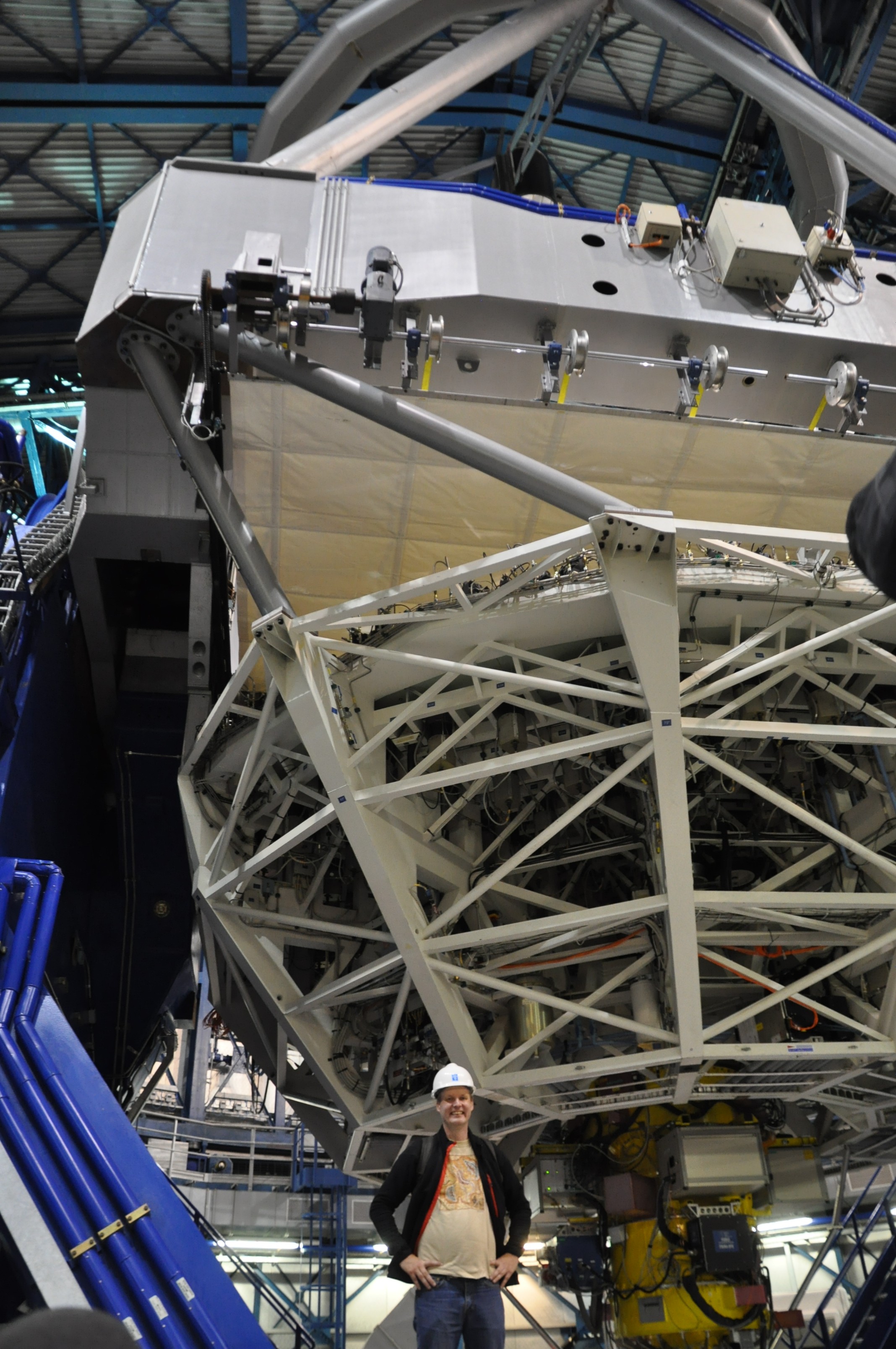
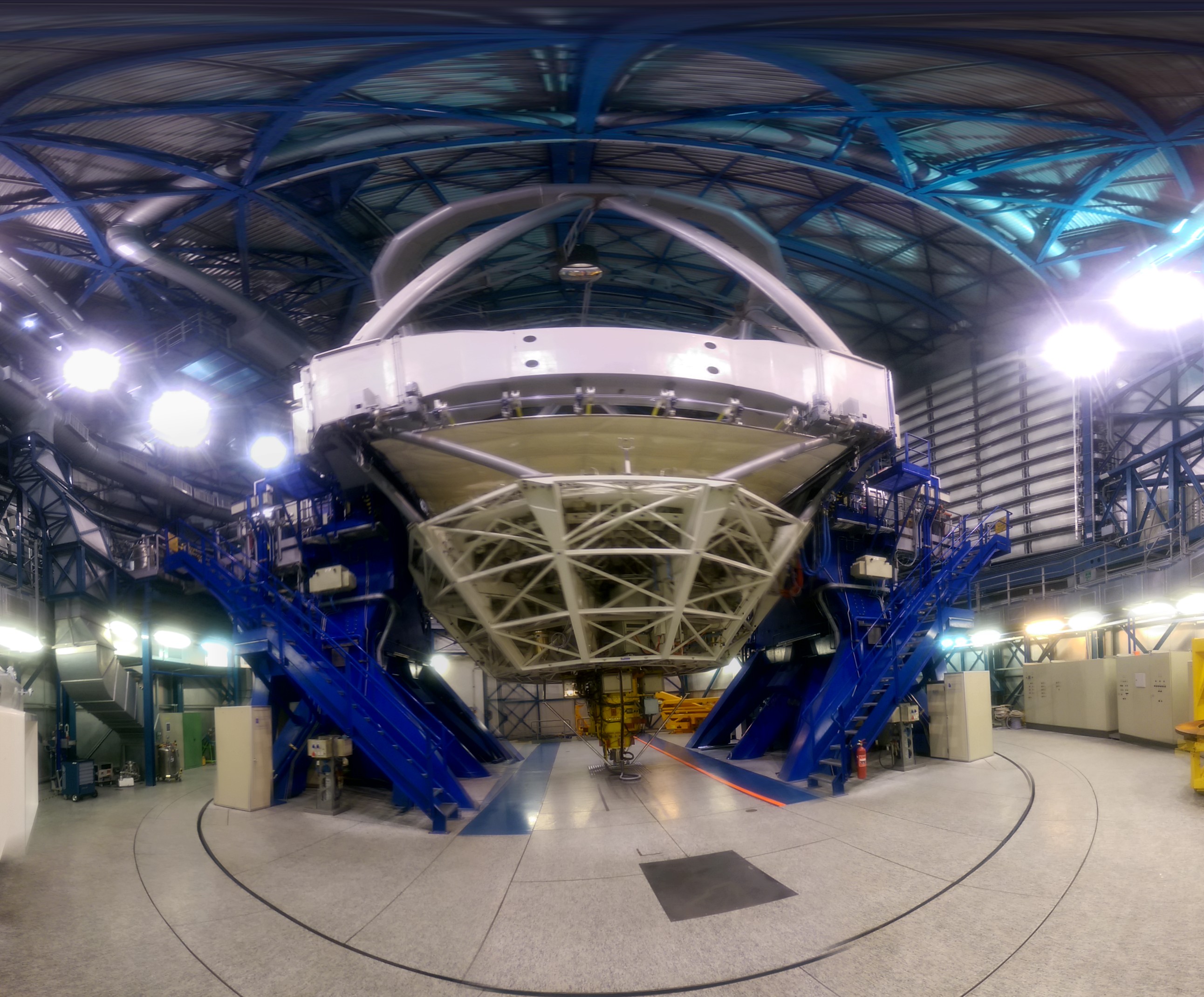
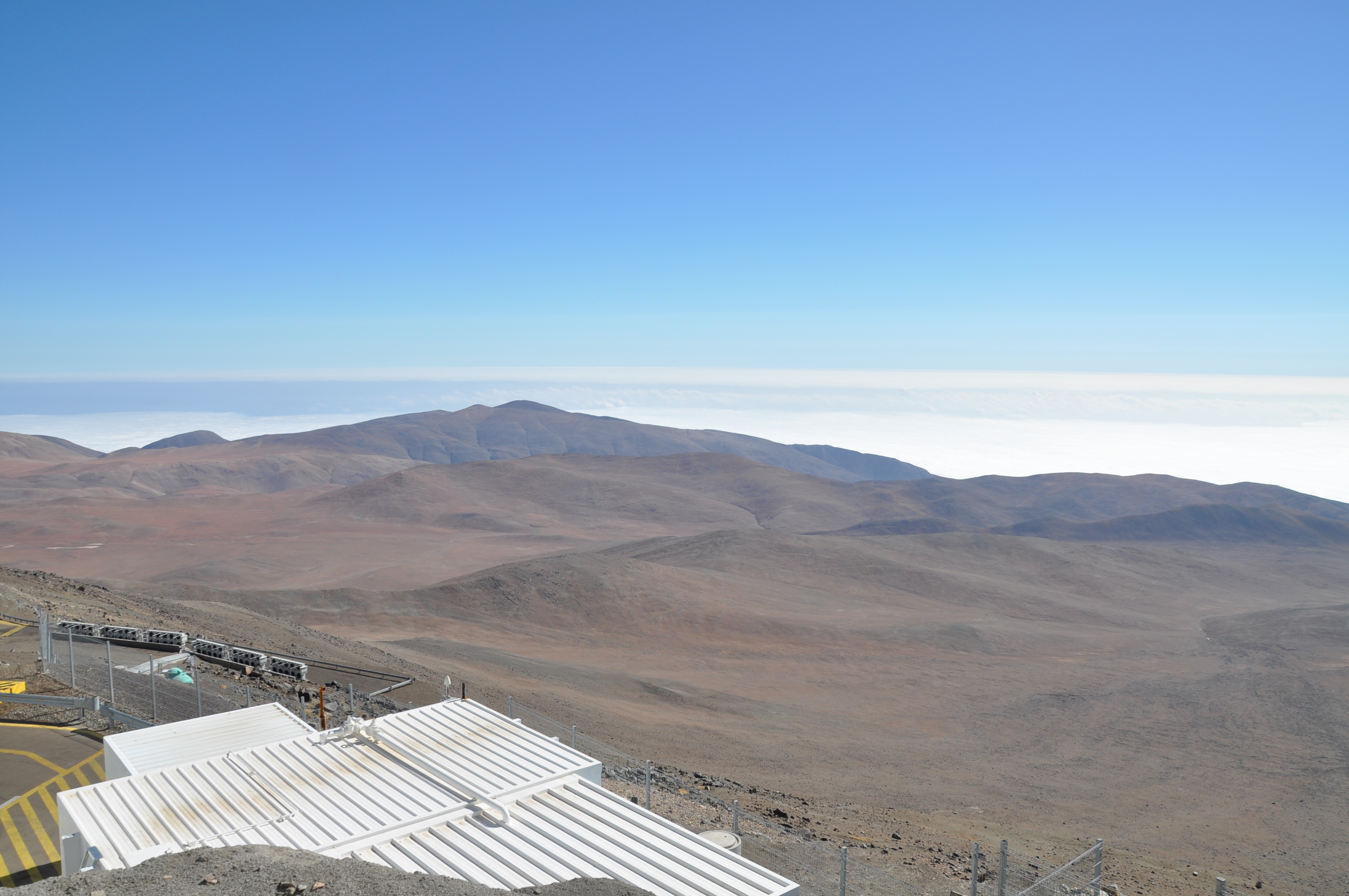
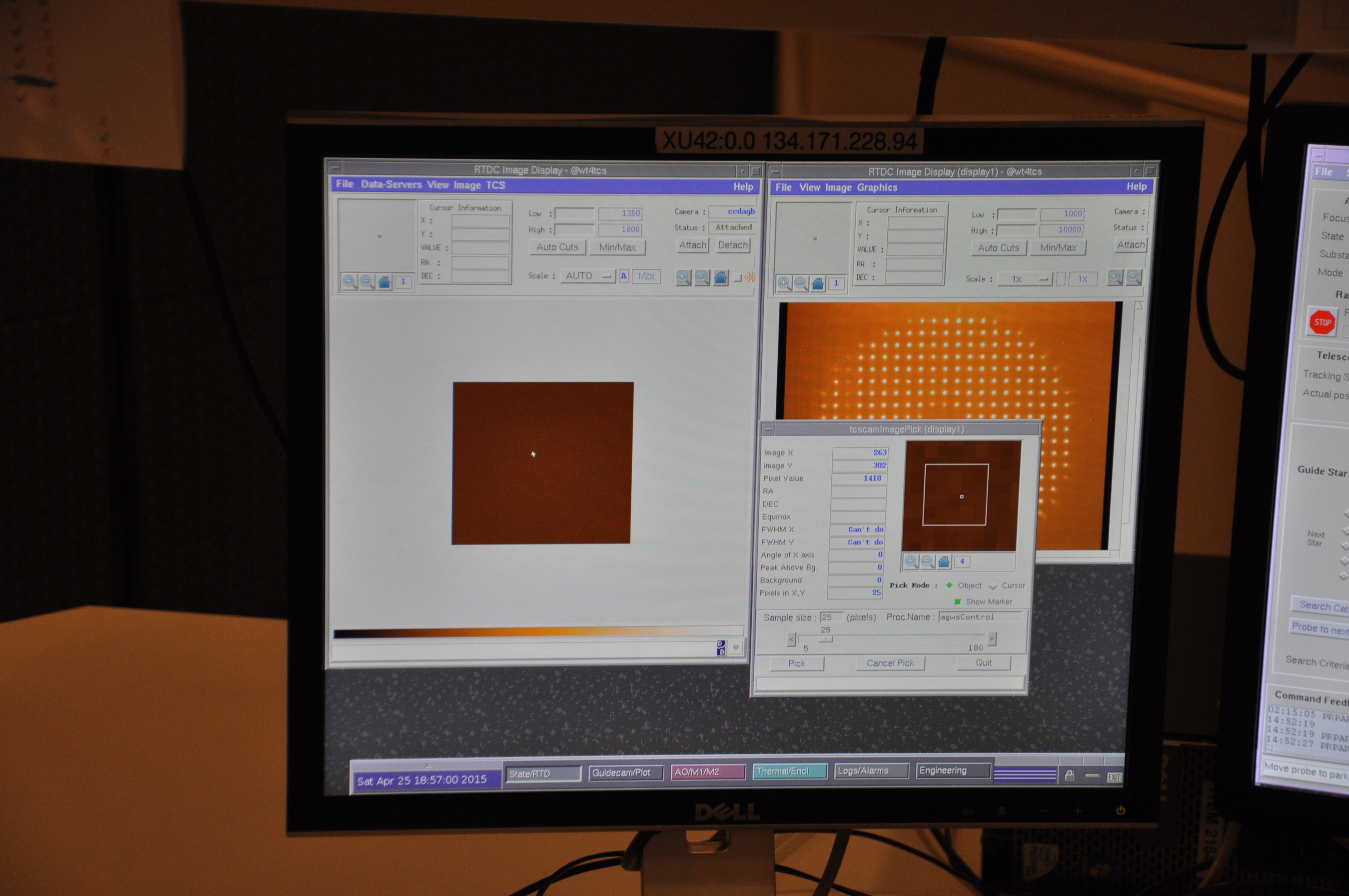
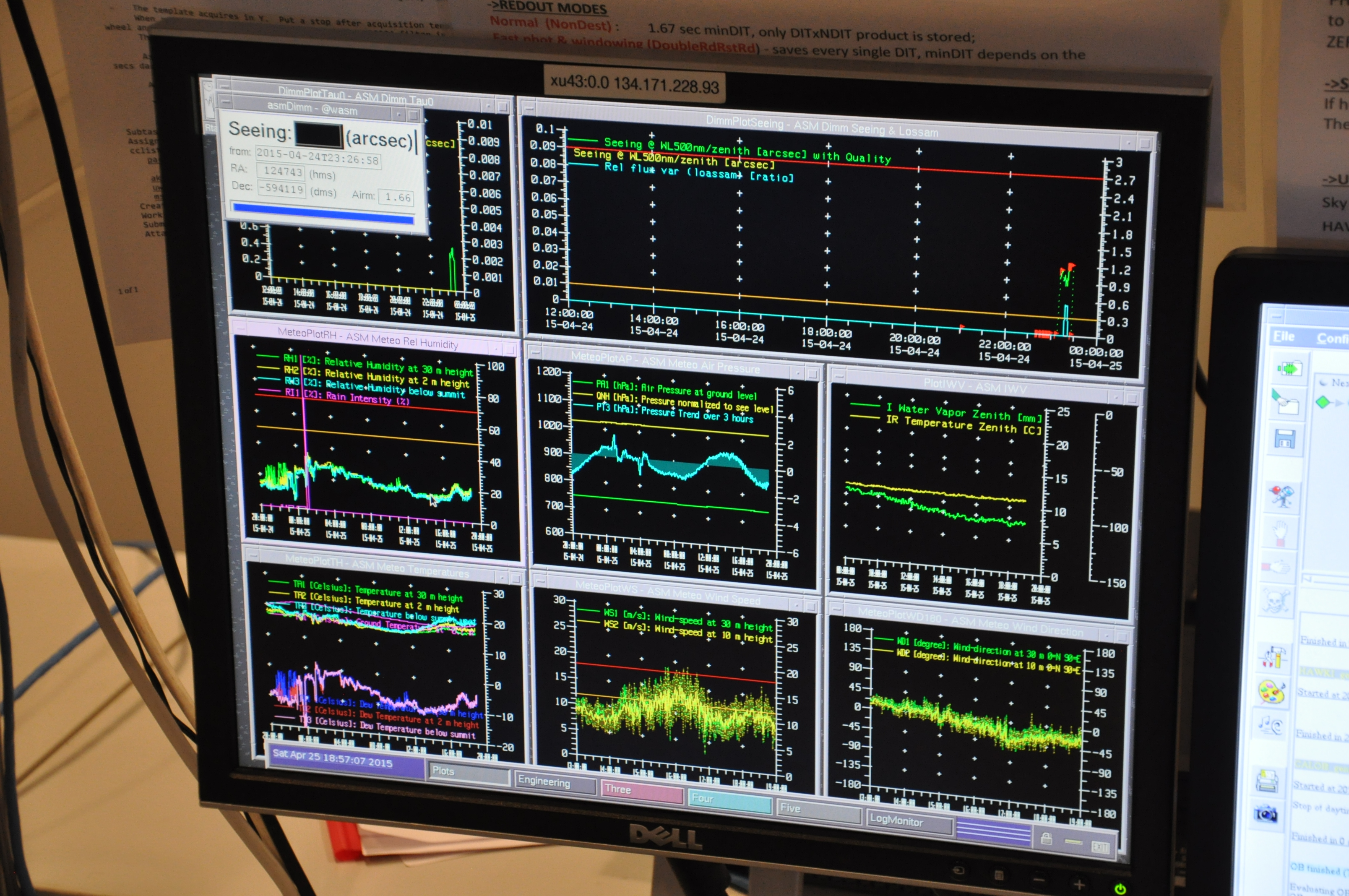
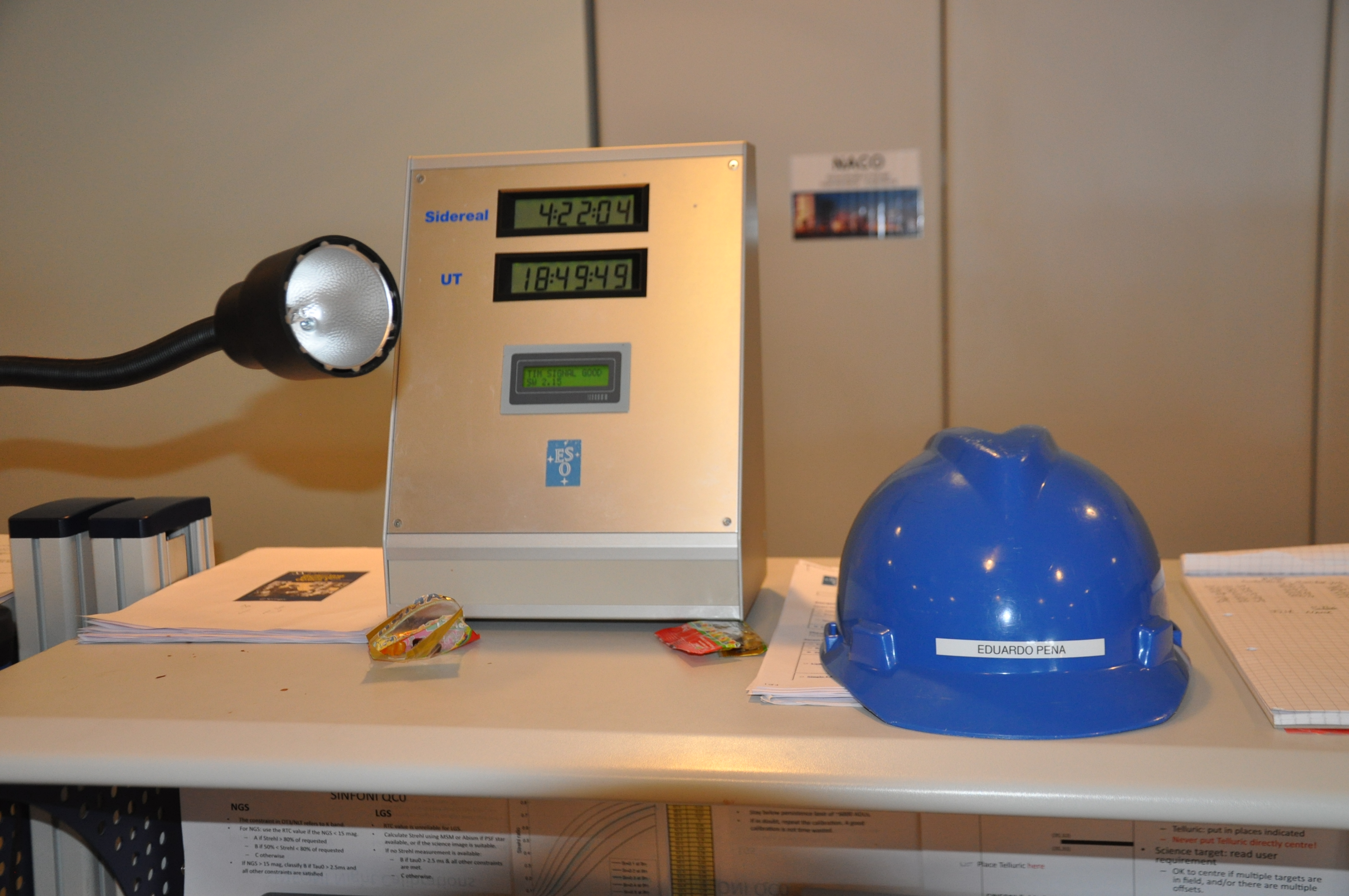
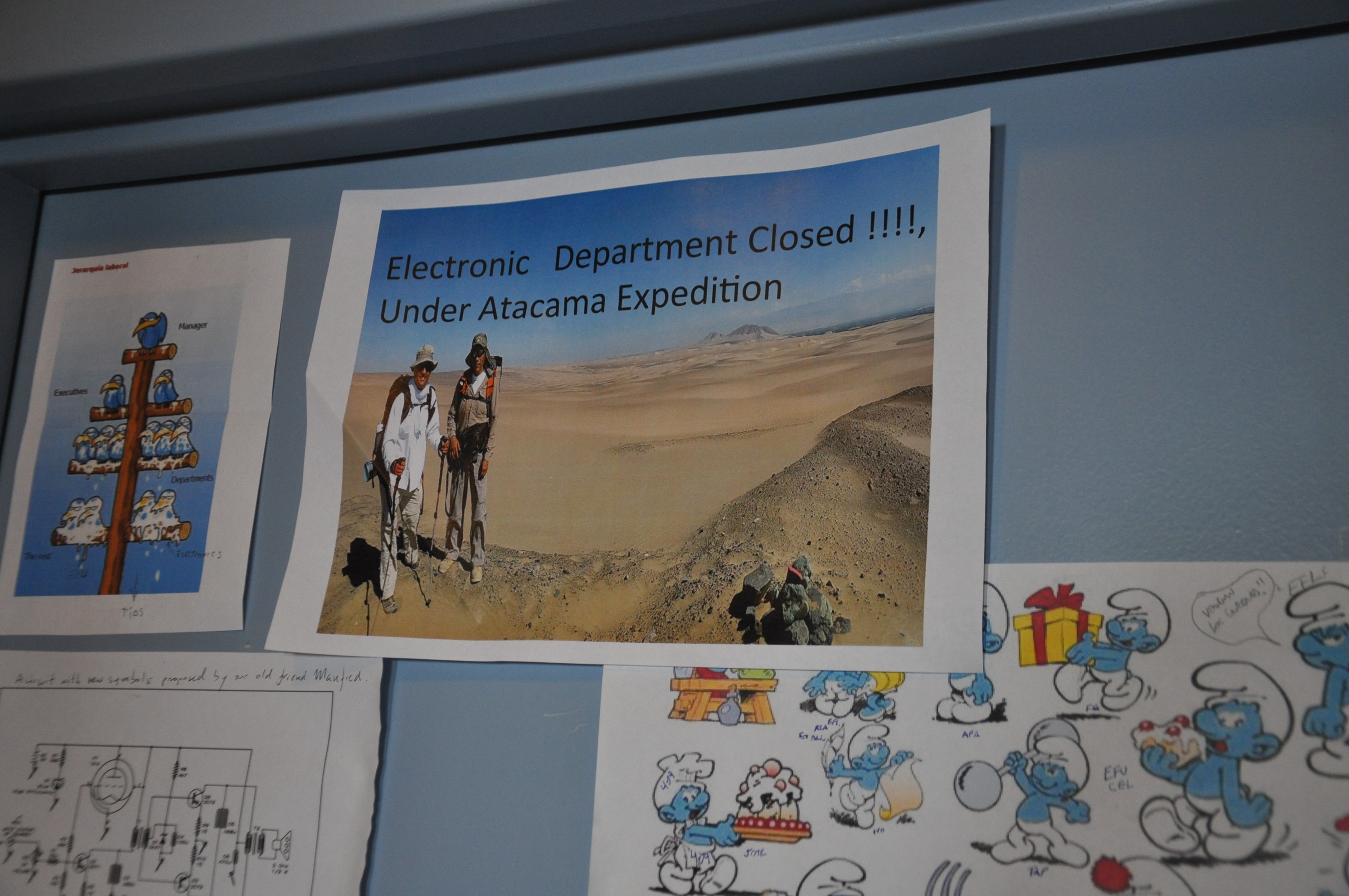
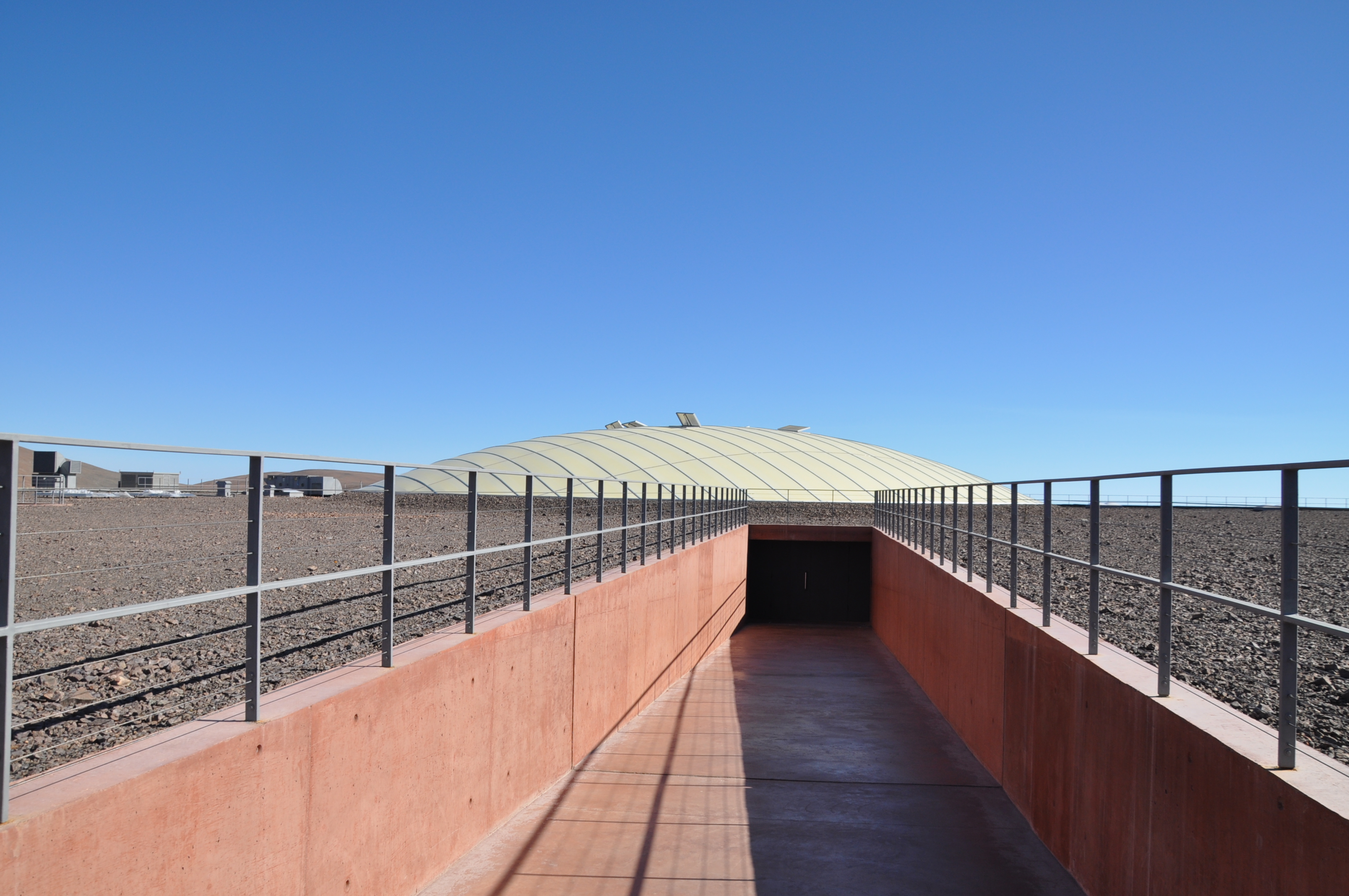
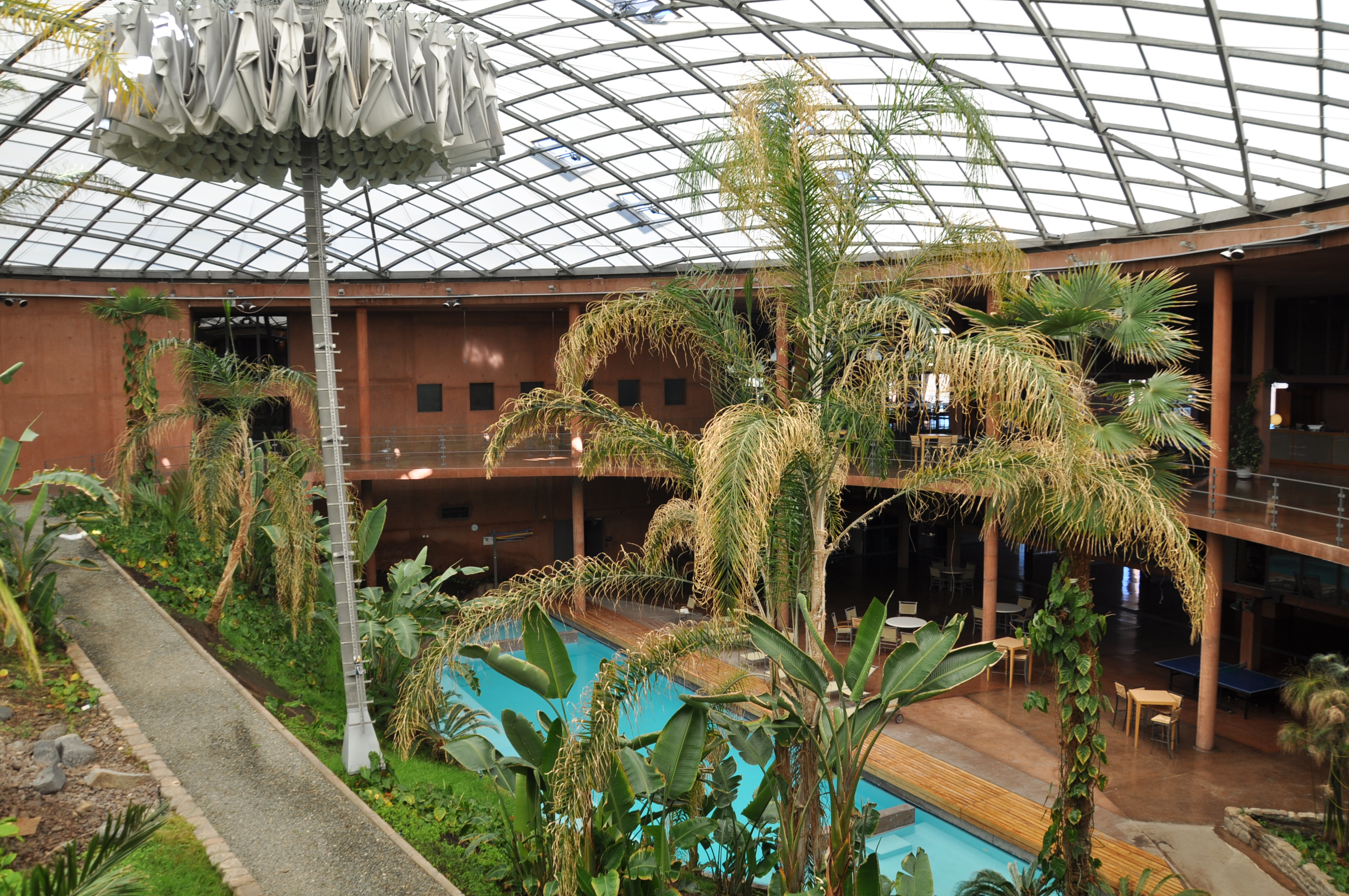
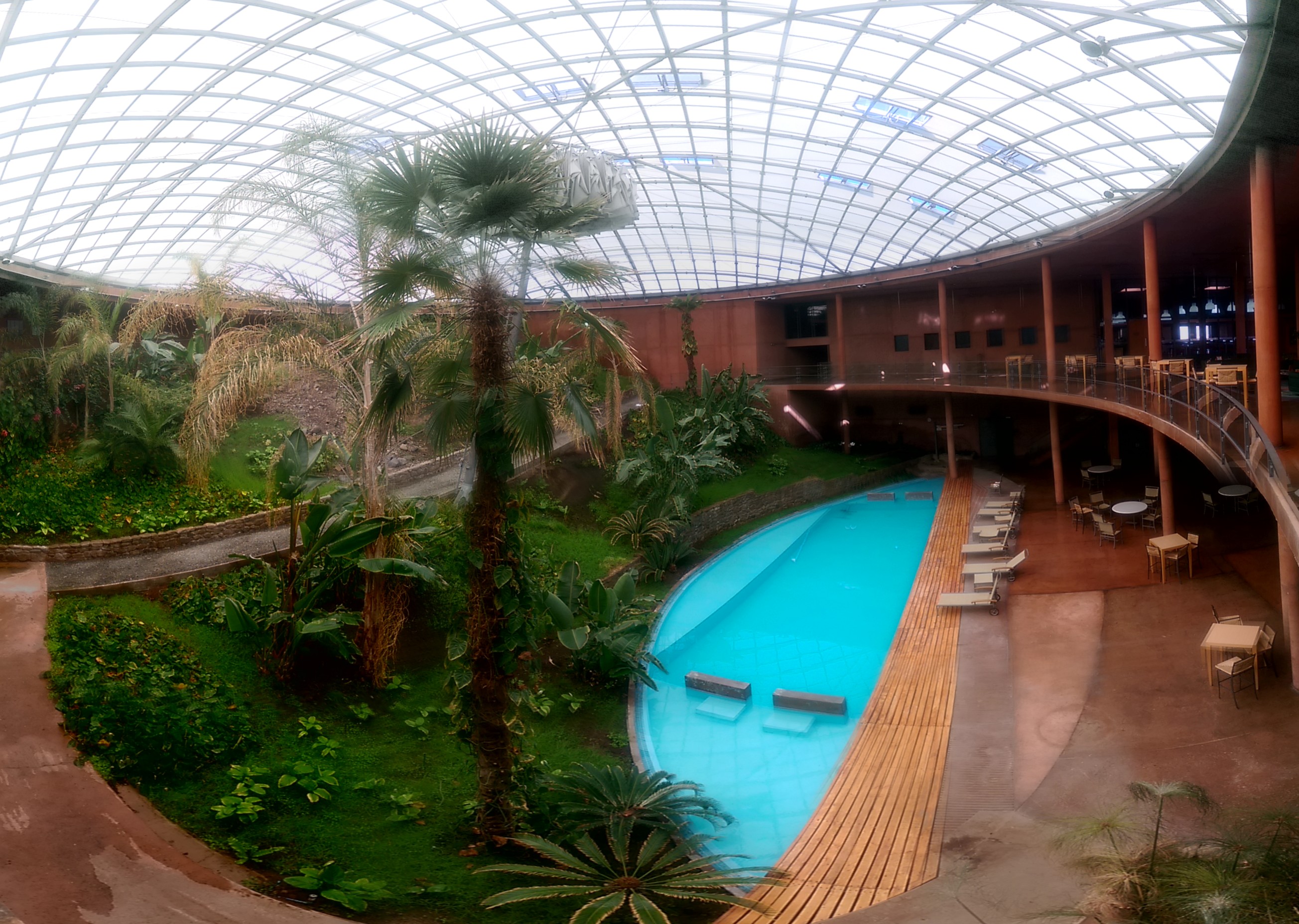
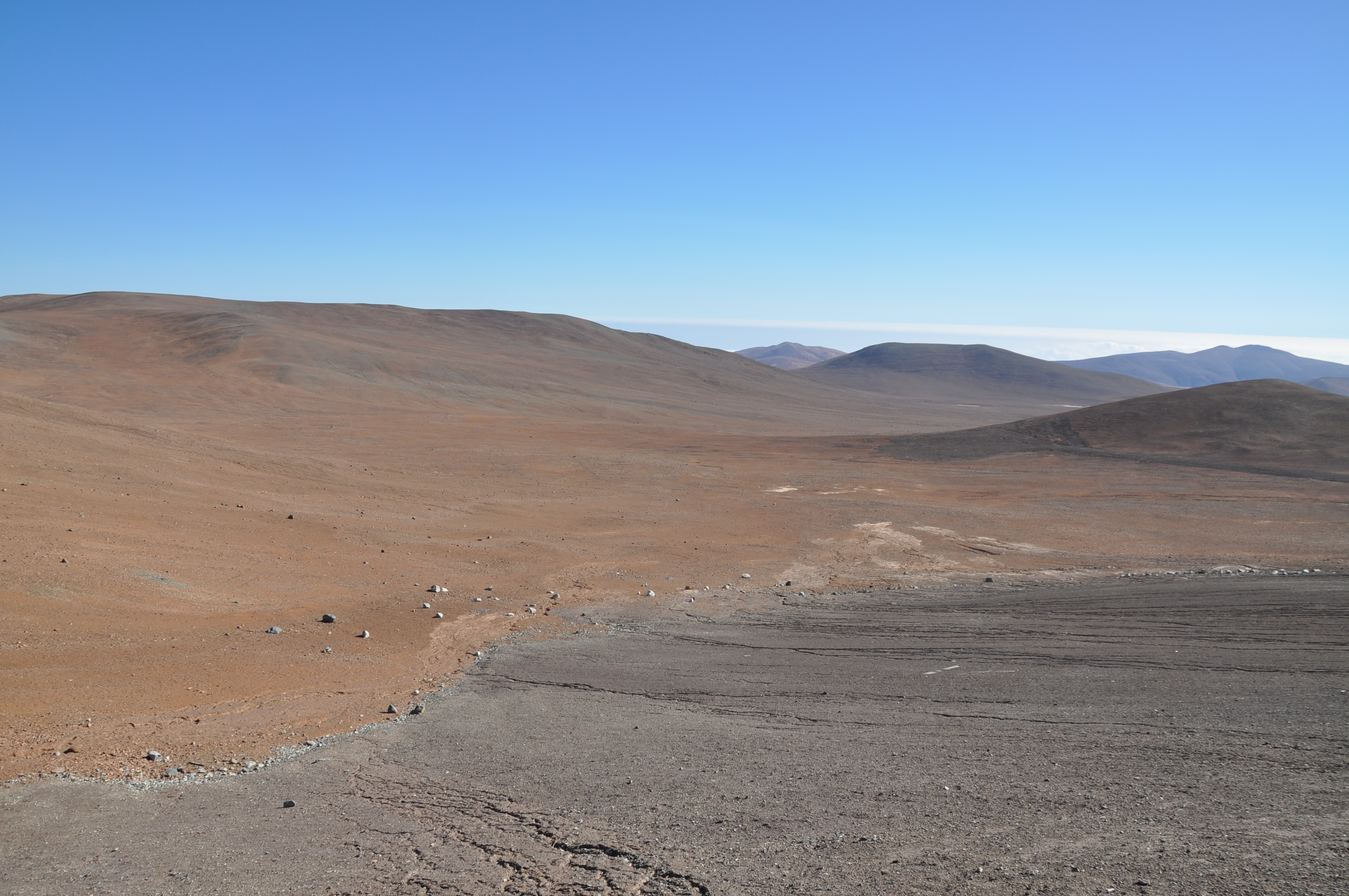
VLT Introduction:
Adaptive Optics:
http://en.wikipedia.org/wiki/Adaptive_optics
Pictures published by ESO:
http://www.eso.org/public/germany/images/